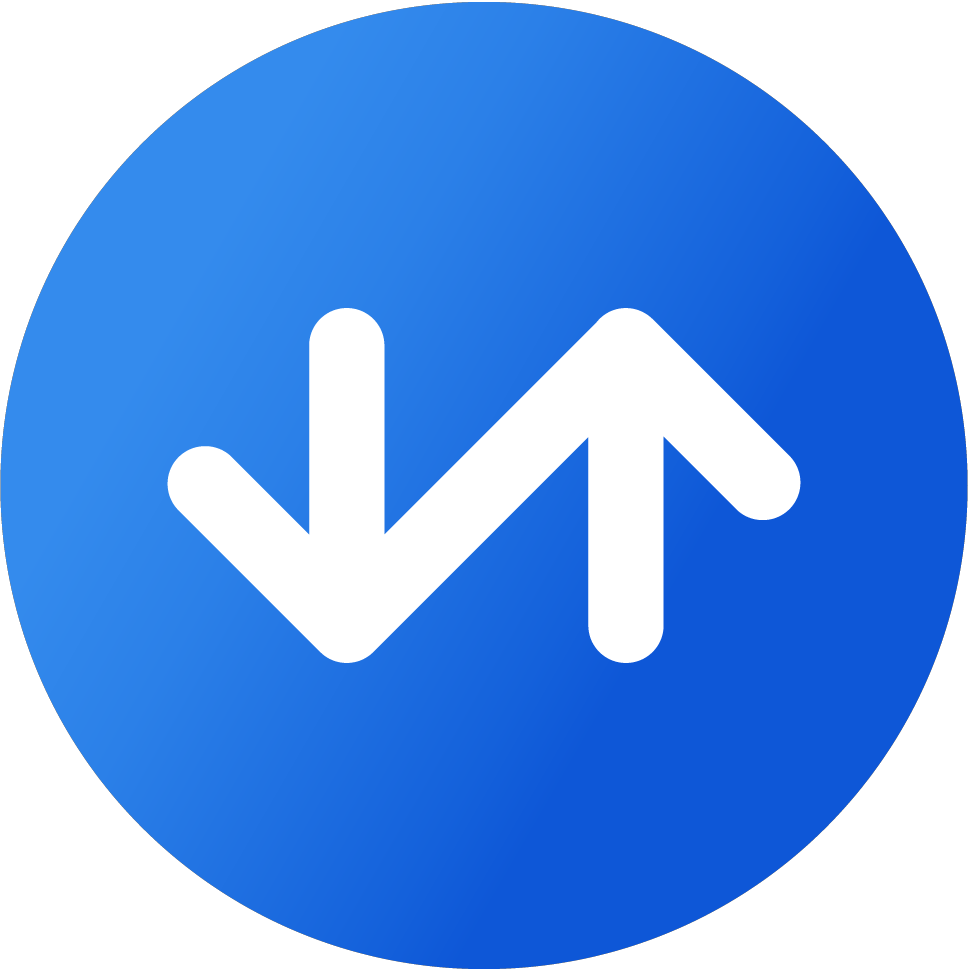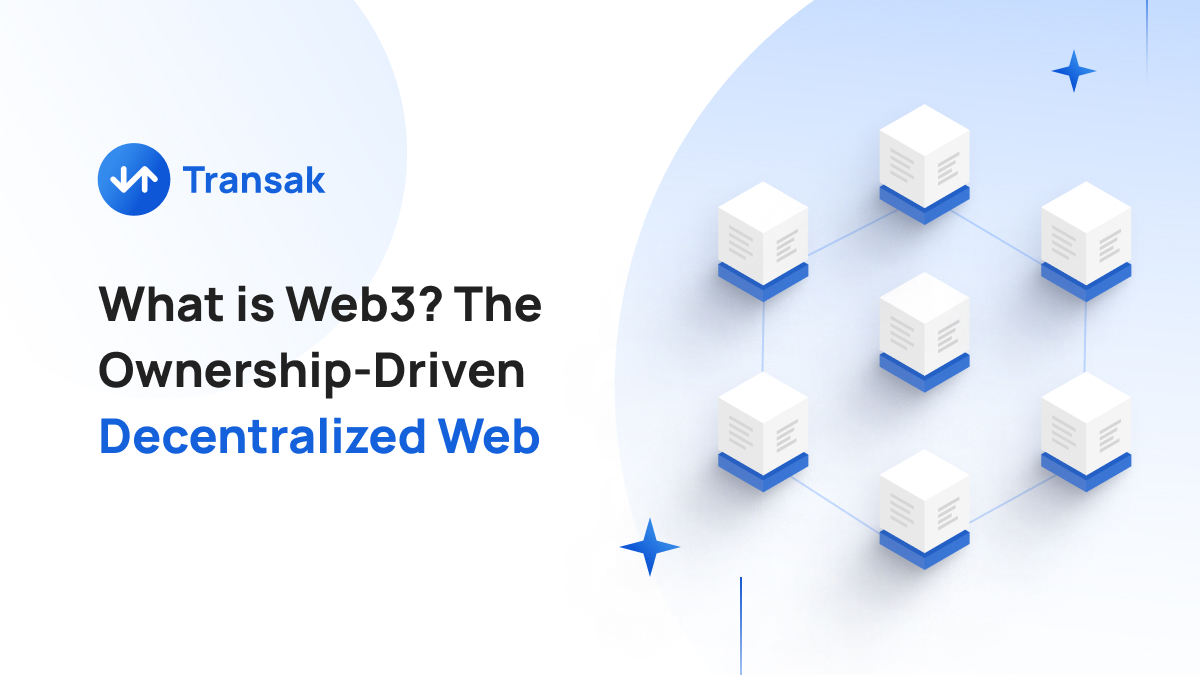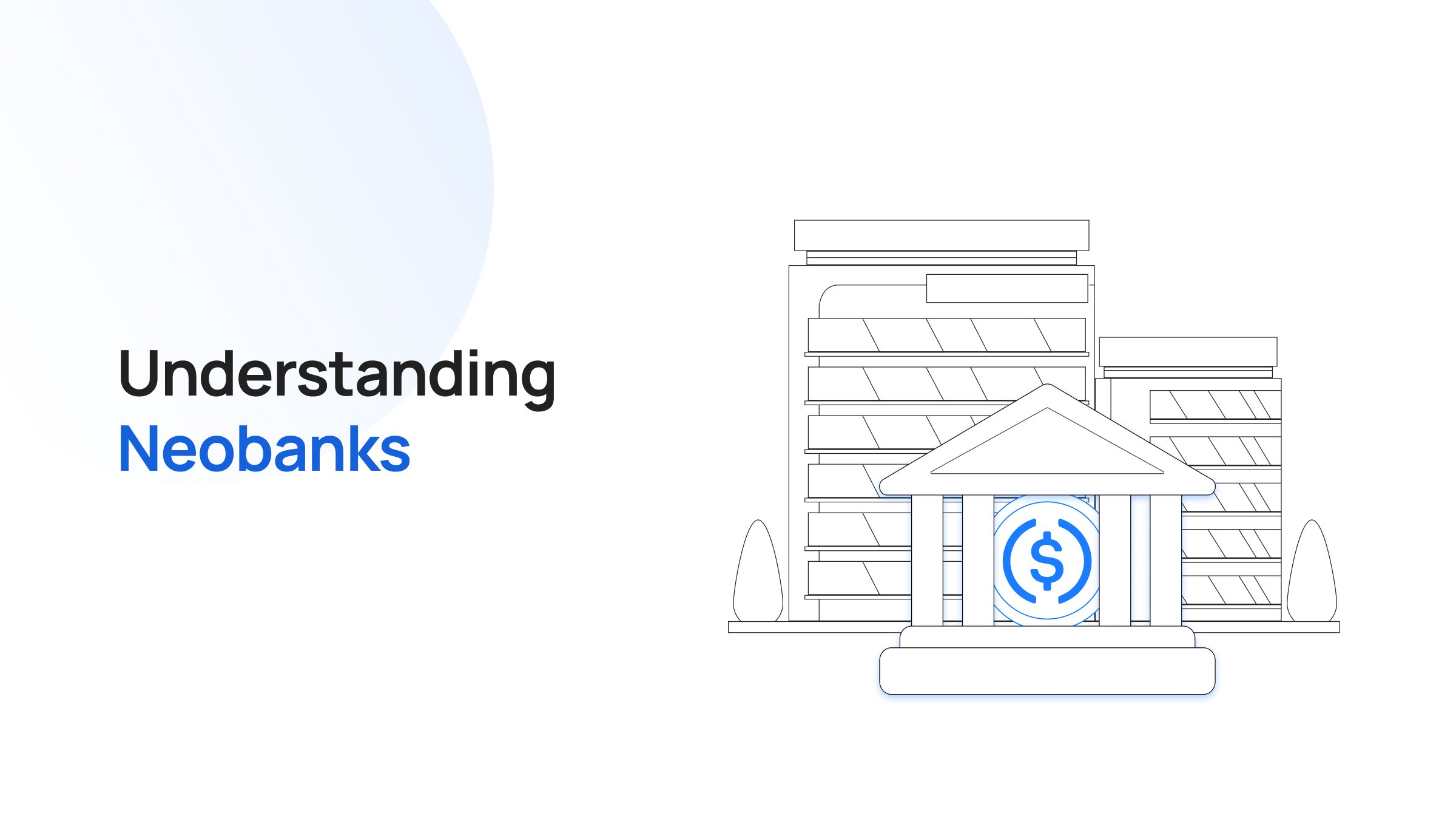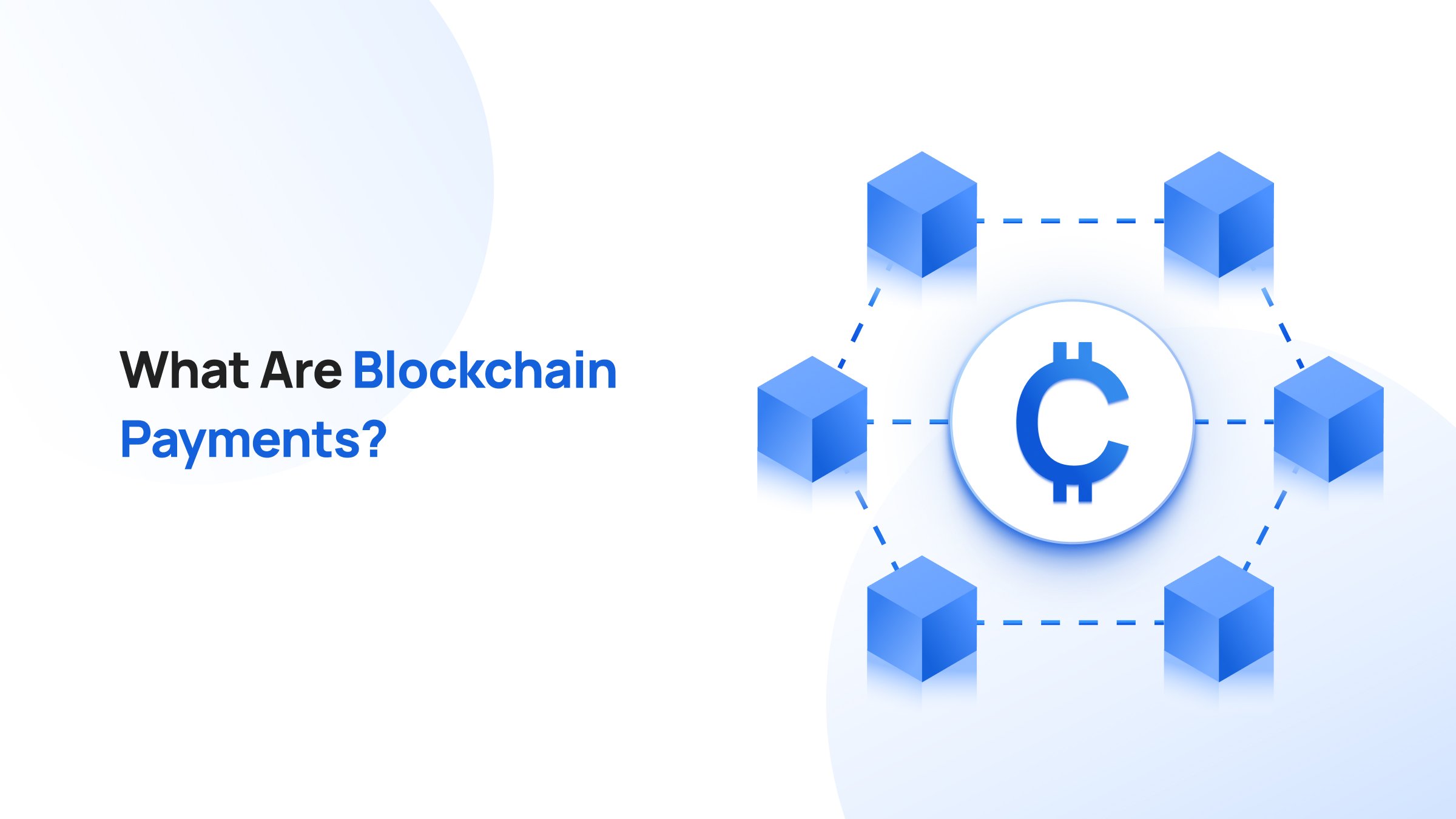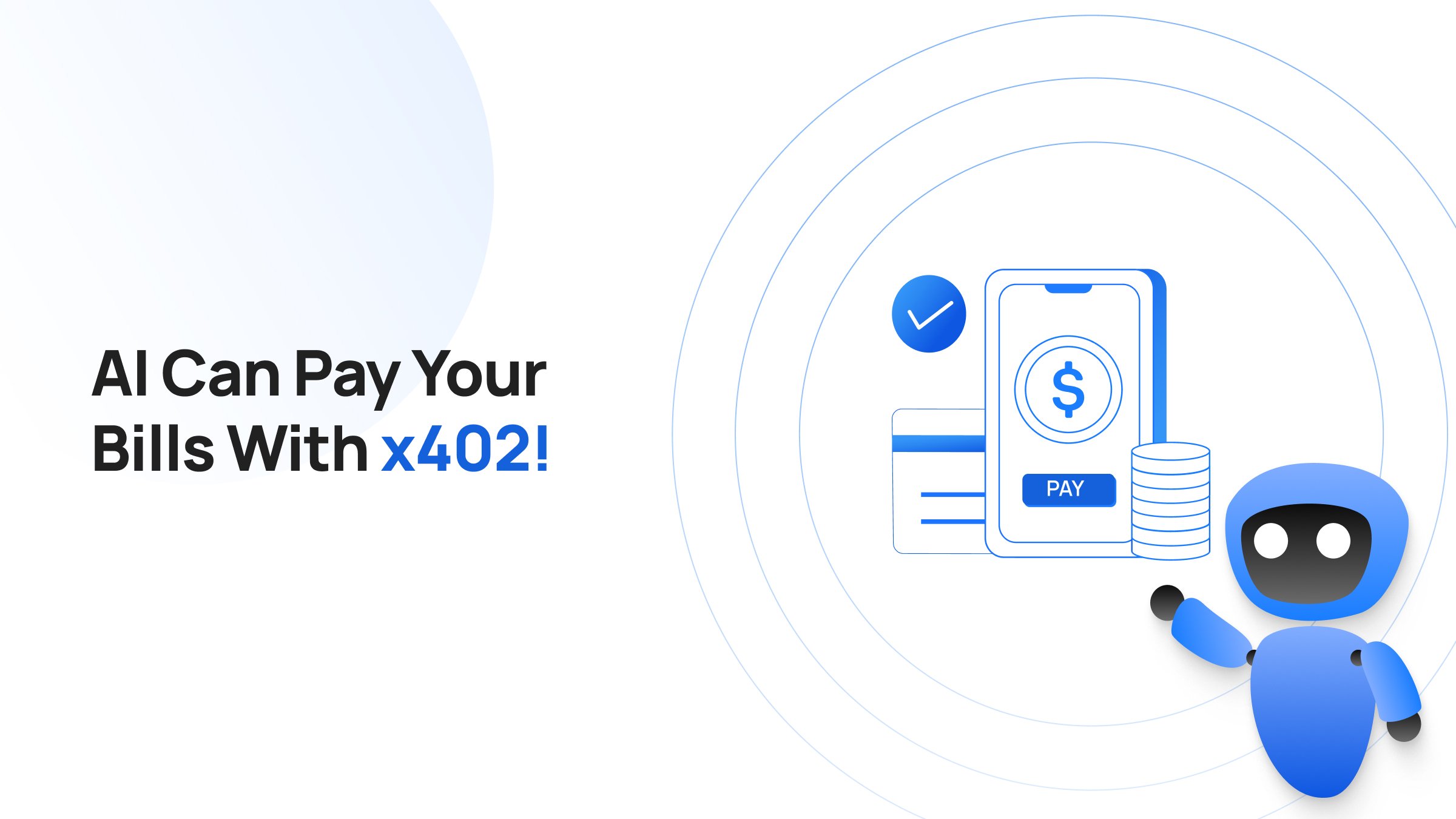Not too long ago, it cost about half a day’s of earnings to mail a single letter — and that was one of the only ways to share information. Now, it takes a few seconds to speak to someone on the opposite side of the Earth.
Imagine spending half your daily income just to ask your loved ones if they’ve had their lunch or to say “Goodnight”! Certainly not a time we’d like to go back to.
The internet has dramatically altered our approach to communication and information sharing. It connected the world through a figurative web of sites (called “websites”) where people could go and access for pennies on the dollar sitting in their homes.
But what if this disruptive technology is monopolized by a select few profit-driven corporations? What if all the information on the internet could be accessed but had grave repercussions when used because the user is not the owner?
There are many nightmarish scenarios — web3 comes as a solution to them.
Unlike web2 — the paradigm we’re currently operating in — web3 promises newfound data sovereignty via blockchain. Through blockchain’s open-source, transparent ledger, it’s theoretically possible for all consumer interactions to be logged and tracked. If things work out, consumers will have the ability to truly own their information.
To understand web3, we have to first get a sense of web1 and web2.
What is Web1 (Web 1.0): The Read-Only Web
Imagine the internet as a huge library where, initially, you could only read books, not write in them. This stage of the internet is called web1, or the "read-only" web.
Web1 started around the 1990s and was primarily about consuming content rather than interacting with it. Websites were mostly static pages, similar to digital brochures, where businesses, organizations, and individuals posted information, but you couldn’t interact much with it.
You could read articles, view pictures, and download music, but that was about it. There wasn't a way for users to comment, like, or share content directly on these websites.
Characteristics of Web1
- Static Content: Websites displayed information that you could read, but you couldn't interact with the content like you can on today's social media platforms.
- Limited User Interaction: There was no commenting, liking, or posting your own content directly on most web1 sites. Interaction, if any, was minimal and usually confined to filling out contact forms or sending emails.
- Webmaster Control: Only the people who owned or managed a website (webmasters) could update or add content. Regular users couldn't contribute content or make changes.
- Simple Design and Functionality: The design of websites was relatively basic compared to today, with simpler graphics and layouts. Also, web technologies were not as advanced, so websites barely had any multimedia content and interactivity.
Web1 was the beginning of the internet as we know it, focused mostly on providing information rather than interactive experiences or user-generated content. It set the foundation for later developments, leading to more interactive and dynamic platforms in web2.
What is Web2 (Web 2.0): The Interactive Web
As technology advanced, the internet entered a new phase called web2, or the "read-write" web.
This evolution began in the early 2000s and transformed the internet into a more interactive space. Think of it like moving from just reading books in that library to being able to write your own stories, comments, and even chat with other people there. Web2 is all about interaction and social connectivity.
Platforms like Facebook, YouTube, and Twitter exemplify web2, allowing users to create their own content, share it, and interact with others. This era is characterized by the rise of social media, blogs, and e-commerce platforms where users not only consume content but also contribute and interact.
The interaction is facilitated by more dynamic technologies on the web, making the internet a more communal space where everyone can participate.
Characteristics of Web2
- Interactive Websites: Unlike web1, where websites were mostly read-only, web2 websites allow you to interact with them. This means you can comment on posts, upload videos, photos, and blog entries, and even edit information directly on some sites, like wikis.
- Social Media: Platforms like Facebook, Instagram, Twitter, and YouTube are part of web2. These sites rely heavily on user-generated content and interactions, such as likes, shares, and comments, making the internet a social experience.
- User-generated Content: In web2, anyone can be a creator. You can write blog posts, upload videos, create music, and even design apps. This democratization of content creation is a big shift from the days of web1.
- Cloud Computing: Web2 also sees the rise of cloud computing, where you can use software and store data over the internet without needing powerful computers or lots of disk space. Services like Google Drive, Dropbox, and cloud-based apps let you access your data from anywhere.
- E-commerce and Online Marketplaces: Buying and selling products and services online became much easier and more common with web2. Websites like Amazon, eBay, and Etsy transformed how we shop.
Web2 made the internet a much more dynamic and interactive place where people can connect, share, and create content effortlessly, making it integral to daily life and communication.
What is Web3 (Web 3.0): The Decentralized Web
Now, we’re transitioning to web3, which some people call the "read-write-trust" web. This phase aims to give users even more control over their own data and interactions on the internet.
Web3 builds on the idea that the internet should not only be interactive but also decentralized, meaning no single entity has control over the entire network.
It uses technologies like blockchain, which is the technology behind cryptocurrencies like Bitcoin and Ethereum. Blockchain allows information to be stored in a way that is secure, transparent, and decentralized.
In web3, instead of your data being stored on a server owned by a big company like Google or Facebook, it is distributed across a network of computers all over the world, which can help prevent data breaches and give users more control over their information.
Web3 also introduces concepts like smart contracts (which automatically execute transactions or agreements when certain conditions are met without needing a middleman) and decentralized applications (apps that run on a blockchain rather than on a single computer).
Above all, web3 emphasizes an ownership-driven approach. In web2, large corporations often control and monetize user data without the users having much say in it. web3 aims to change this dynamic by giving users more control and ownership over their own data and the content they create.
Characteristics of Web3
- Decentralization: Unlike the current internet, where data is stored on central servers owned by big companies (like Google or Facebook), web3 uses blockchain to distribute data across many different computers. This way, no single entity has complete control, which can help protect privacy and prevent censorship.
- Blockchain and Cryptocurrencies: Web3 heavily relies on DLT, which allows for secure, transparent transactions. Cryptocurrencies are used as a way to buy, sell, or trade goods and services on web3, facilitating a new kind of economy.
- Token-based Economics: In web3, digital tokens or cryptocurrencies are often used to reward users for their contributions (like creating content or developing software). These tokens can represent ownership or voting power in online communities, making users not just consumers, but also stakeholders.
- True Ownership of Digital Assets: In web3, when you buy or acquire digital assets like NFTs, you truly own them. These assets are recorded on the blockchain, making the ownership transparent and verifiable.
- Decentralized Identity: Web3 allows for decentralized identities where users can control their own identity and personal data without relying on central authorities. This means your identity and your data are yours alone, not stored on the servers of a big tech company.
- Economic Participation: The ownership-driven nature of web3 also extends to how economic rewards are distributed. Creators can earn directly from their work without intermediaries taking a large cut, through mechanisms like direct sales, royalties, and more.
Web3 is about taking the power away from centralized authorities on the internet and giving more control and ownership back to the users. Transak is a leading provider of solutions that make it easy for users to onboard to web3 through direct fiat-to-crypto or fiat-to-NFT purchases.
Web1 vs Web2 vs Web3
Web1 |
Web2 |
Web3 |
|
|
Year |
1990s - early 2000s |
Early 2000s - present |
Emerging |
|
Content Creation |
Static pages |
User-generated content |
Decentralized content creation |
|
Data Ownership |
Owned by content creators |
Owned by platforms |
Owned by users |
|
Monetization |
Limited, one-way communication |
High user interaction, social media |
Peer-to-peer interaction, dApps |
|
Privacy |
No major privacy concerns |
User data collected by platforms |
Focus on user privacy and data security |
|
Security |
Basic security measures |
Standardize encryption protocols |
New cryptographic protocols and encryption standards |
|
Economic Model |
Advertisement-driven |
Data-driven (advertising, data mining) |
Token-based economies, direct peer-to-peer transactions |
|
Primary Applications |
Information sites |
Social media, blogs, e-commerce |
DeFi, DIDs, RWA Tokenization, etc. |
Is Web3 The Future?
Knowledge about web3 is picking up steam. According to Google Trends, the search interest for “web3” is growing exponentially (as seen in the graph below).
Despite the crypto industry’s volatility, institutional money is making its way into the most popular decentralized protocols behind the scenes.
That said, web3 currently has some serious limitations. Web3’s limitations include scalability issues (too many new people crowding the network), UX problems (the tools are built by tech-savvy developers and not super friendly to the average person), education (not enough people are familiar enough to take the leap), and cost (Ethereum’s gas fees are high, and crypto is too volatile for people afraid of losing money).
Innovations like Account Abstraction and Proto-Danksharding are emerging and solutions to pressing usability issues. Whereas, Transak is laying the foundation for web2 users to seamlessly onboard into web3.
Conclusion
Web1, web2, and web3 represent evolutionary phases of the internet, each building upon and refining the capabilities of its predecessors.
While these phases mark distinct periods characterized by technological advancements, they don't imply the extinction of earlier versions. Instead, they coexist as different layers of the internet, seamlessly blending together.
This coexistence stems from the fact that there are no rigid boundaries between these concepts; they primarily signify shifts in how we create, interact with, and own our online experiences.
For example, while web1 websites offering static information are still widely accessible, they function alongside the social media platforms of web2.
Similarly, web3 projects can operate in parallel with web2's centralized services — think of those NFT projects where the media (JPEG, PNG, etc.) is stored on centralized services like AWS.
For more information, visit transak.com or follow on twitter.com/transak.
